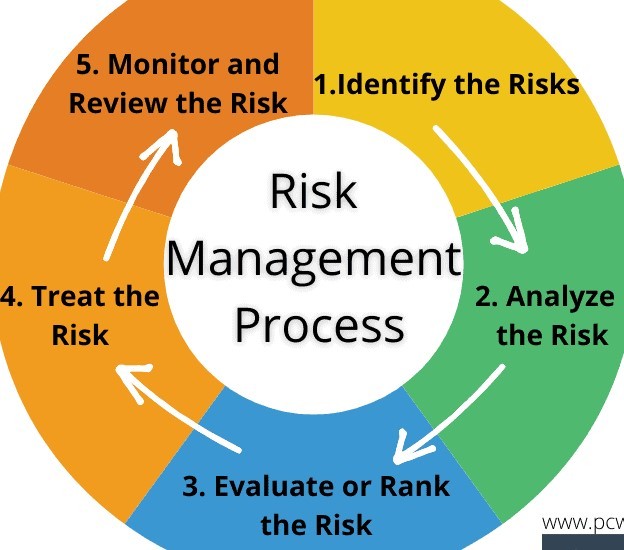Navigating the Complexities: Understanding the Importance of Risk Management
Navigating the Complexities: Understanding the Importance of Risk Management
Blog Article
The Importance of Understanding the Significance of Risk Management in Numerous Industries

The Core Idea of Risk Management and Its Objective
Risk Management, the keystone of many markets, rests on the identification, analysis, and reduction of uncertainties in an organization environment. It is an important technique that allows companies to guard their possessions, online reputation, and general survival. By correctly recognizing potential threats, businesses can develop strategies to either avoid these risks from taking place or reduce their effect. The analysis procedure involves evaluating the possibility and prospective intensity of these threats. The mitigation procedure entails developing techniques to minimize their prospective impact once risks have been identified and assessed. This process is recurring and cyclical, making certain that companies are prepared for the ever-changing nature of Risk in different industries. The primary objective, therefore, is to promote resilience among unpredictabilities.
Benefits of Carrying Out Risk Management in Business Operations

Revealing the Function of Risk Management in Different Industries
While every sector faces its unique set of risks, the execution of Risk Management strategies continues to be an usual in their pursuit of sustainability and growth. In the health care industry, Risk Management involves ensuring patient security and information protection, while in finance, it includes mitigating investment risks and guaranteeing regulatory conformity. Inevitably, the duty of Risk Management throughout sectors is to determine, evaluate, and reduce risks.
Real-life Study Demonstrating Successful Risk Management
To understand the value of Risk Management in these several fields, one can look to a number of real-life circumstances that illustrate the successful application of these my blog actions. Toyota, post the 2011 quake in Japan, changed its supply chain Management to minimize disruption threats. These situations demonstrate exactly how sectors, discovering from situations, efficiently used Risk Management techniques to decrease future dangers.
Future Fads and Developments in Risk Management Techniques
As the world proceeds to advance, so too do the fads and advancements in Risk Management strategies. Fast advancements in technology and data analytics are improving the Risk landscape. Huge information and AI are currently important in anticipating and reducing risks. Organizations are leveraging these devices to construct predictive versions and make data-driven decisions. Cybersecurity, as soon as an outer issue, has catapulted to the leading edge of Risk Management, with approaches focusing on feedback, avoidance, and discovery. The combination of ESG (Environmental, Social, Governance) aspects into Risk Management is one more expanding trend, reflecting the increasing acknowledgment of the duty that ecological and social risks play in business sustainability. Hence, the future of Risk Management depends on the combination of advanced technology, cutting-edge strategies, and an all natural strategy.
Final thought
To conclude, comprehending the significance of Risk Management throughout a spectrum of markets is vital for their durability and prosperity. Tailored approaches can assist alleviate possible risks, secure possessions, and foster stakeholder count my response on. In addition, proactive decision-making help in regulatory compliance and link enhances source usage. Ultimately, successful Risk Management contributes to much more durable and sustainable services, highlighting the value of this technique in today's extremely affordable and vibrant service atmosphere.
While every industry confronts its distinct collection of threats, the implementation of Risk Management methods remains an usual in their quest of sustainability and growth. In the healthcare field, Risk Management entails making sure patient safety and security and information protection, while in money, it includes mitigating financial investment dangers and guaranteeing regulative compliance. Ultimately, the function of Risk Management throughout industries is to recognize, evaluate, and reduce dangers. These instances demonstrate exactly how markets, discovering from dilemmas, effectively used Risk Management methods to minimize future threats.

Report this page